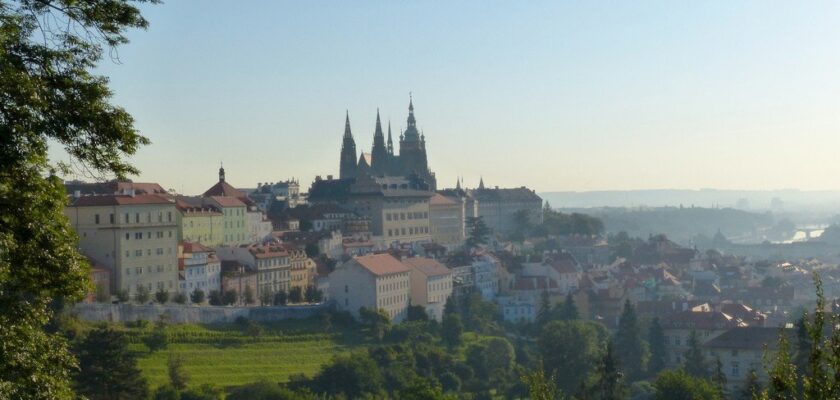Prague Castle (Pražský hrad)
Prague Castle is the largest fortress in the Czech Republic, stretching along a hilltop on the left bank of the Vltava River. It is a major historical, political and cultural center of the country, founded as early as the 9th century. Prague Castle is listed in the UNESCO Cultural Heritage List and the Guinness Book of Records as the largest presidential residence and the largest castle in the world. The complex of palaces and temples covers an area of more than 7 hectares, so be prepared to see a lot here.
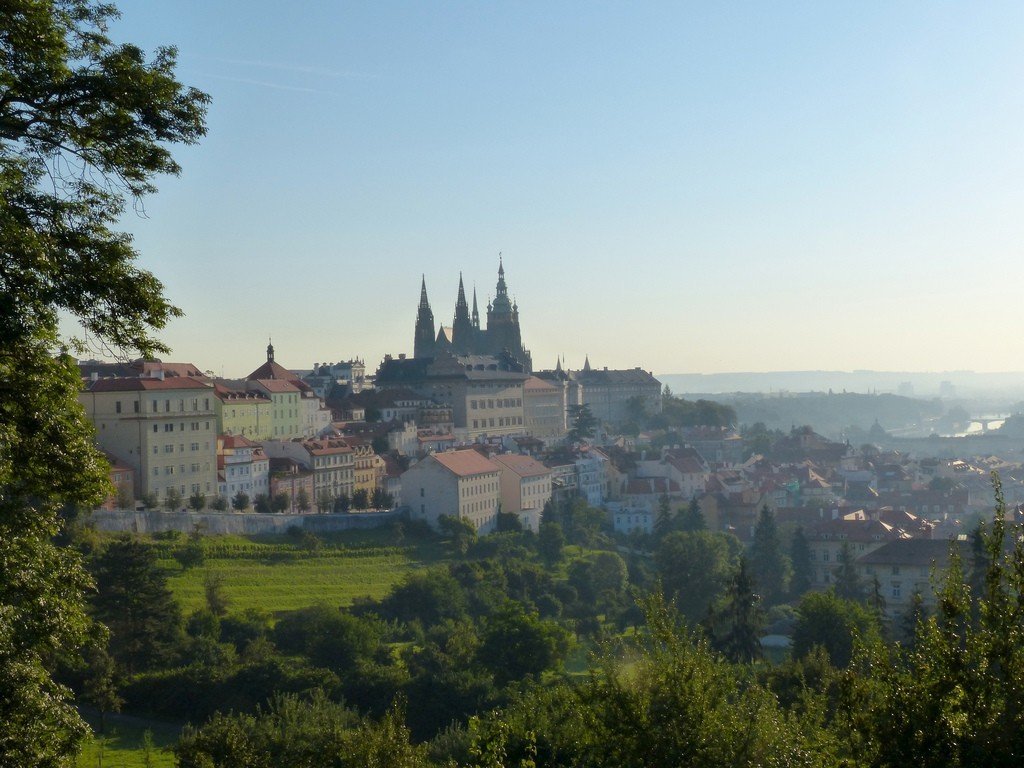
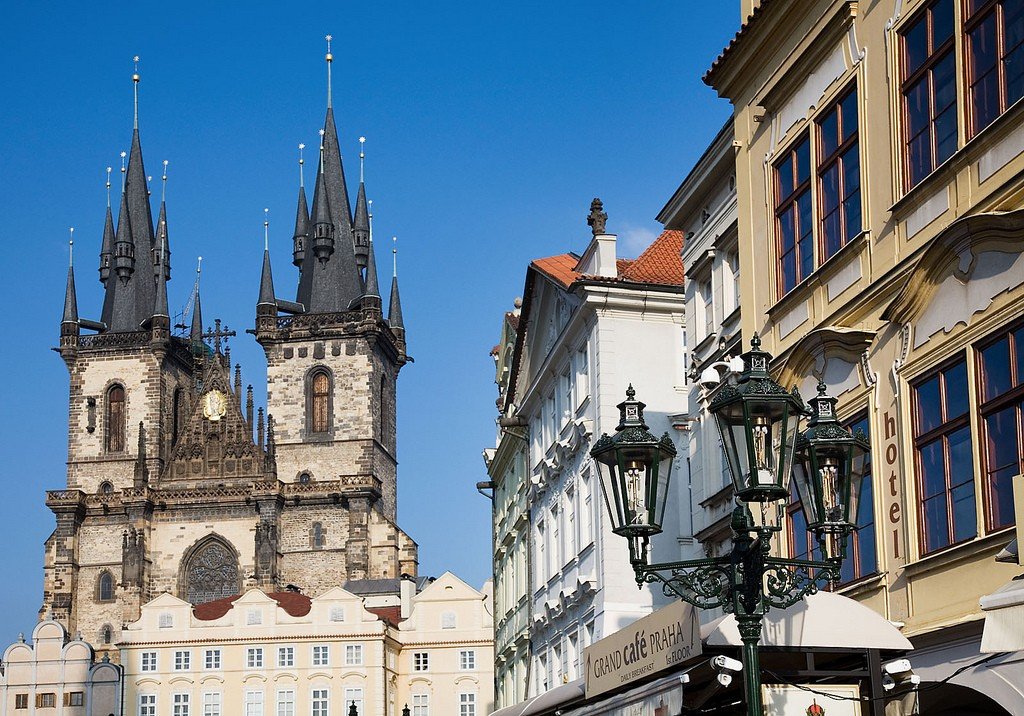
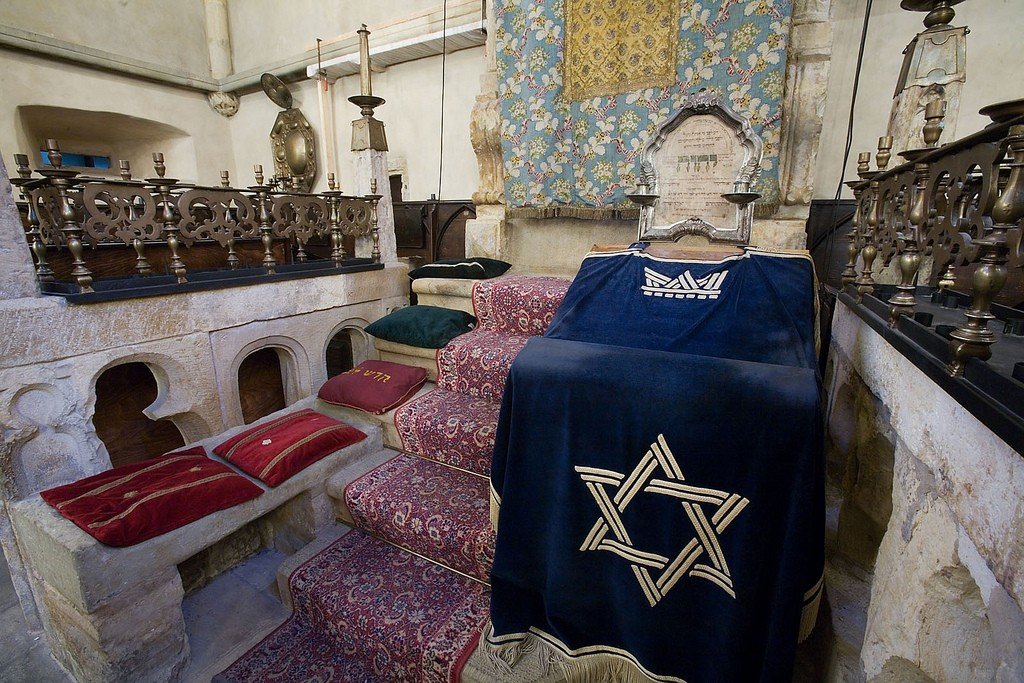
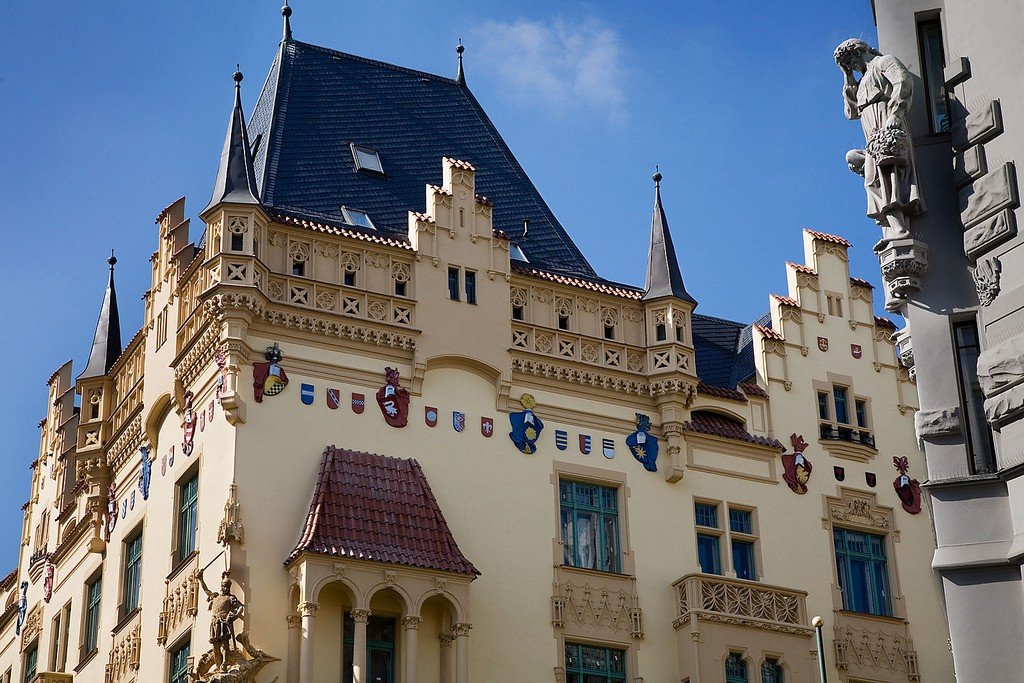
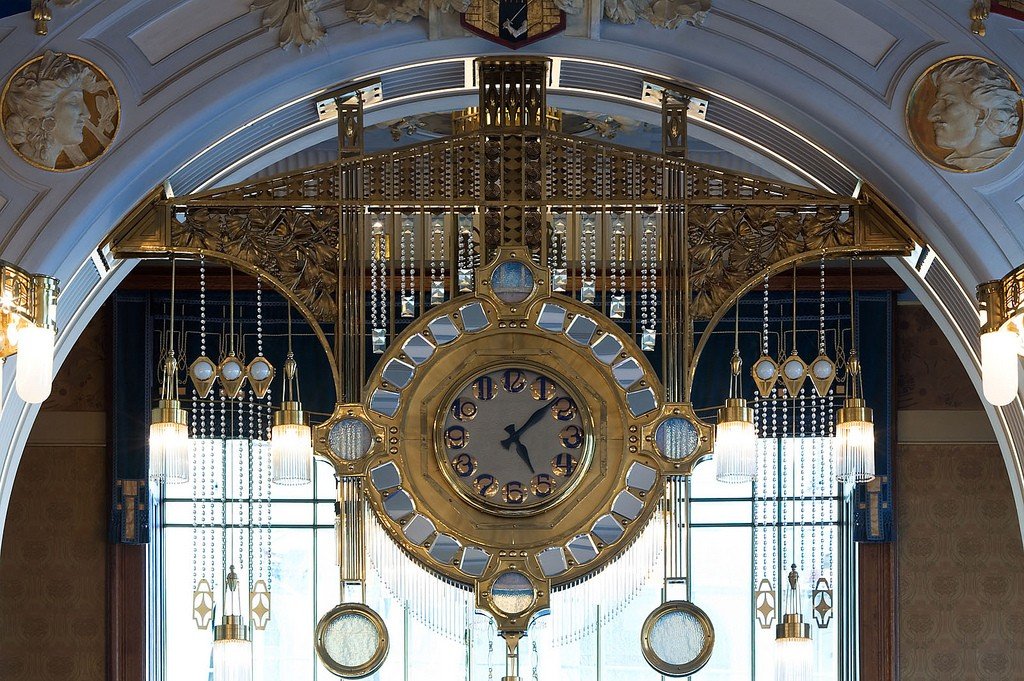
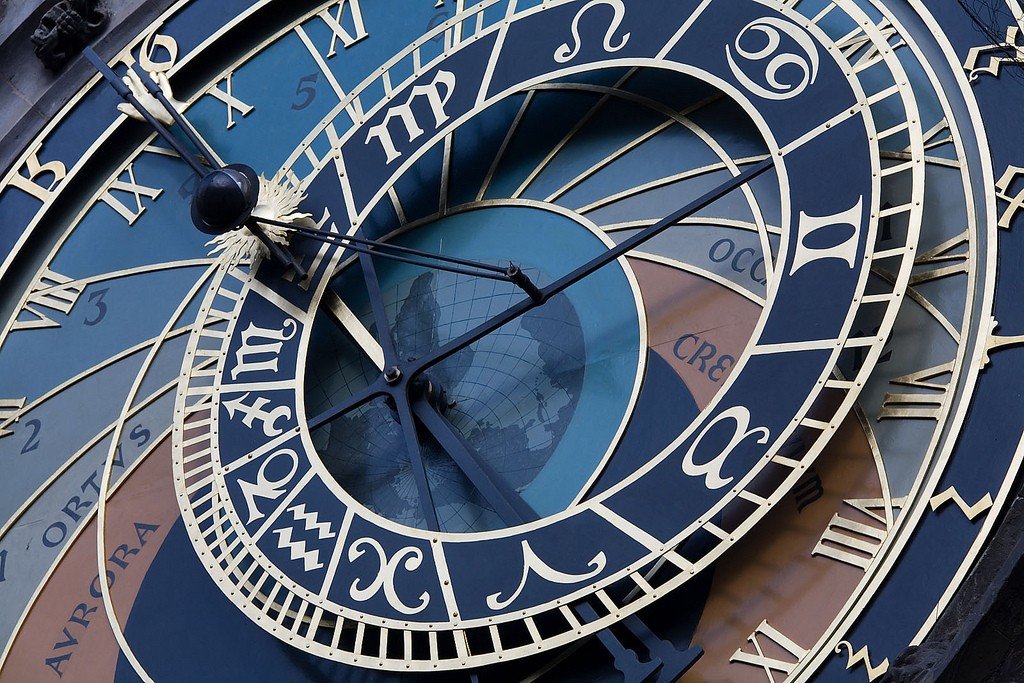
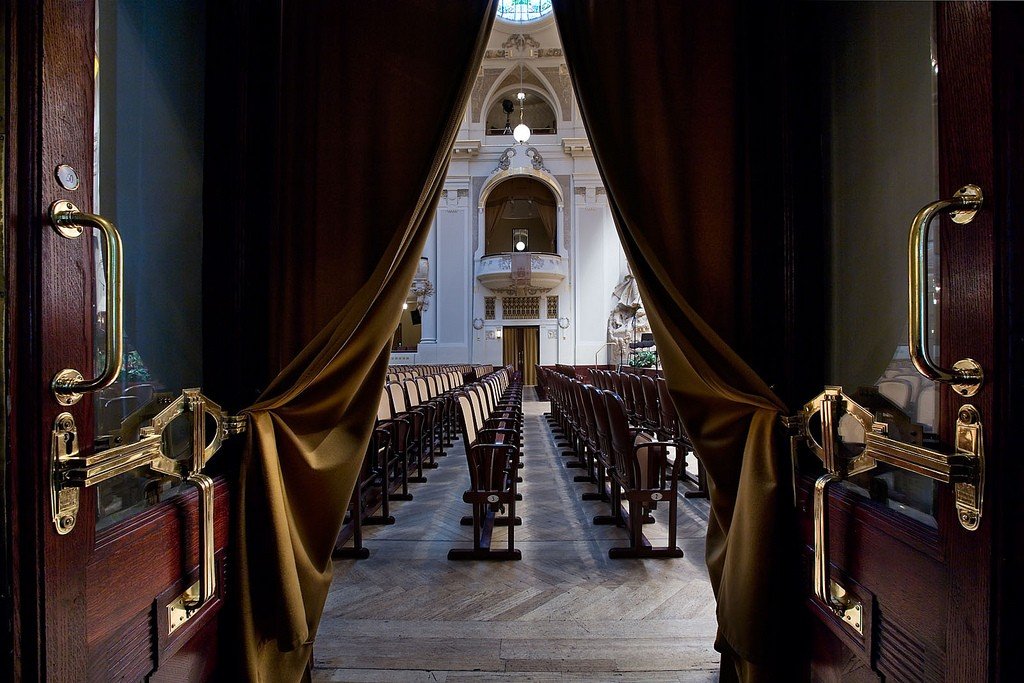
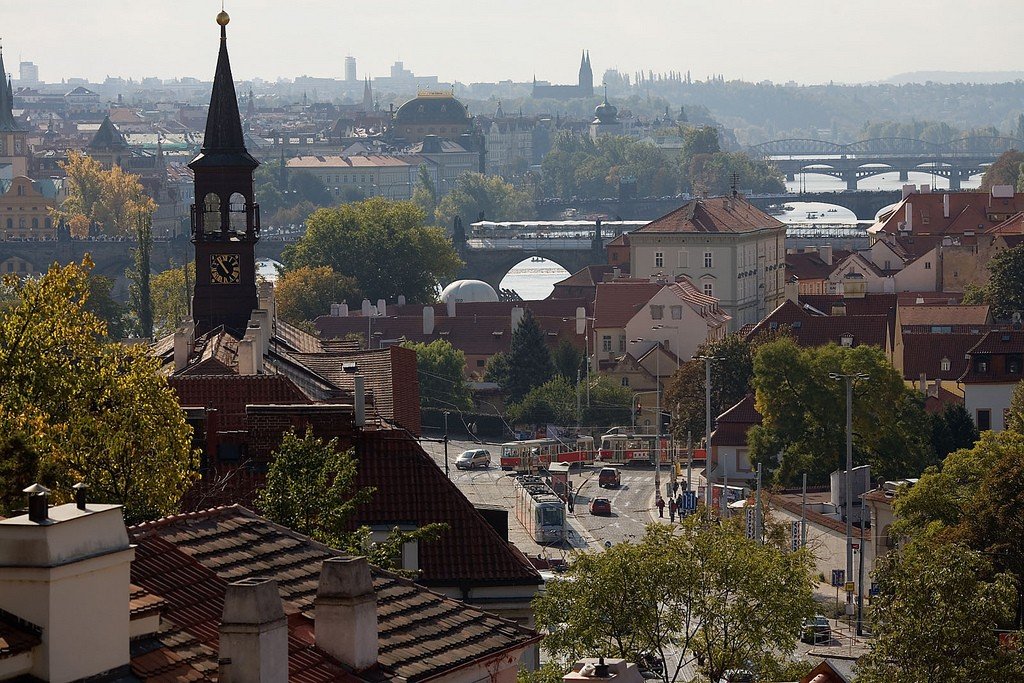
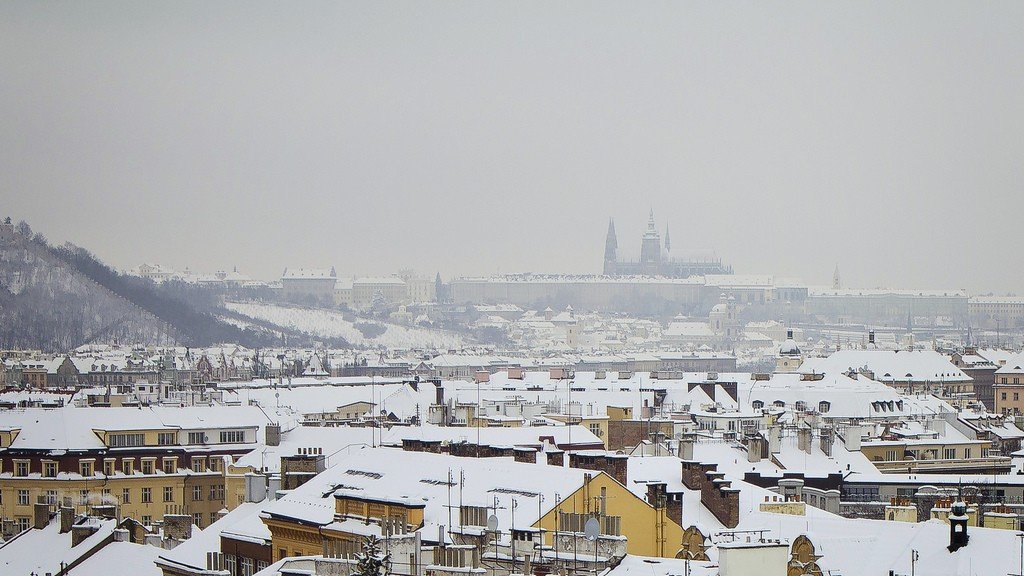
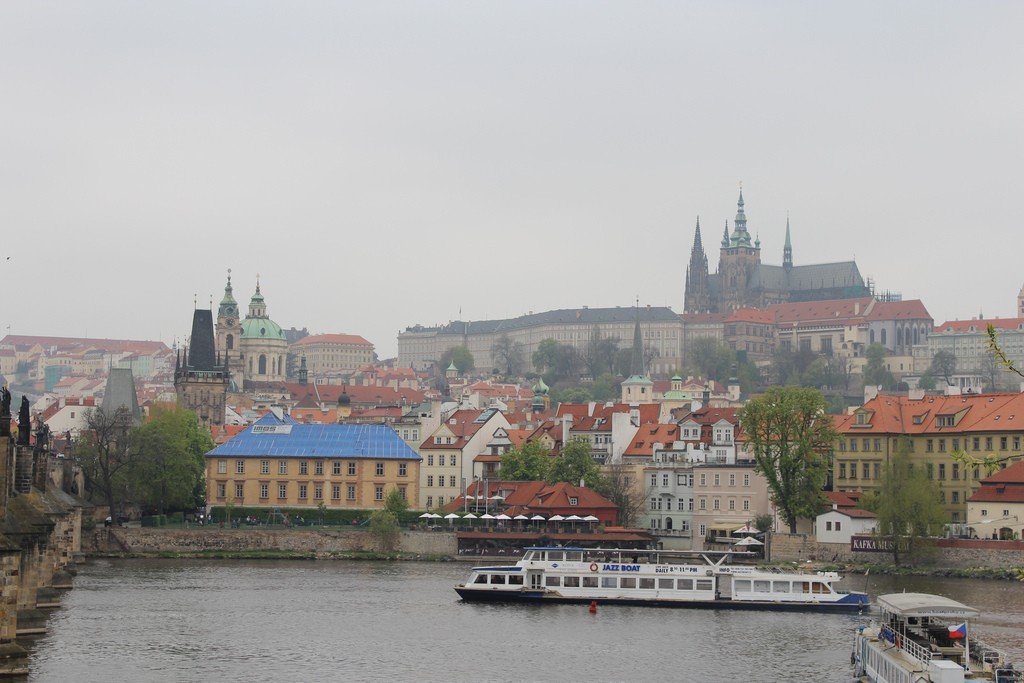
History
Prague Castle was founded around 880 by Prince Borživoj of the Přemyslović dynasty. The castle on a high hill above the Vltava River served as the residence of Czech princes and the seat of the Bishop of Prague. The first stone building in the castle was the Church of the Virgin Mary, the remains of which have survived to this day. In the 10th century, the Basilica and the Monastery of St. George were founded. The dominant building, St. Vitus Cathedral, was founded in the 11th century. Within its walls were crowned and buried the rulers of Bohemia, as well as the archbishops of Prague.
.The reign of Emperor Charles IV in the middle of the 4th century was the peak of prosperity of Prague Castle – the castle became the imperial residence of the ruler of the Holy Roman Empire. The royal palace was rebuilt, the fortifications were strengthened and St. Vitus Cathedral was reconstructed in the style of Gothic French cathedrals. Expansion of the castle also continued during the reign of his son Wenceslas, but with the outbreak of the Hussite Wars the castle was abandoned. It was not until the end of the 15th century, when King Vladislav of Jagiellonia settled in Prague Castle, that the complex was restored, new watchtowers were added and the grandiose Vladislav Hall was built – one of the first examples of the Renaissance in Bohemia.
.With the rise to power of the Habsburg dynasty in 1526, the rebuilding of Prague Castle began in the Renaissance style that had become fashionable in Europe. The royal family moved to Vienna, and Prague Castle served mainly as a vacation retreat. The Royal Garden Hotel, the Belvedere Palace and the Ballroom were built.
The reconstruction was completed by Emperor Rudolf II, who wanted to turn the castle into an elegant center of power, attracting foreign artists, scholars and diplomats. The north wing of the palace and the Spanish Hall housed the huge imperial collections of art and science.
After the fall of the Austro-Hungarian Empire in 1918, Prague Castle welcomed the first president of Czechoslovakia. After 1989, part of the castle was opened to the public for the first time. Today, Prague Castle is the residence of the Czech President and the most visited attraction in Prague.
.Attractions
Prague Castle consists of three courtyards containing many palaces, temples and monasteries of all architectural styles of the last millennium. The museums house royal jewels, Christian relics, valuable works of art and a number of important historical documents. You will also see an art gallery with Rudolf II’s collections, a toy museum and magnificent gardens.
.The entrance to Prague Castle from Castle Square leads through a gate with statues of titans (18th century) to the first courtyard, the “Court of Honor”. Here are the ceremonial halls of the castle: the Throne Hall and the Spanish Hall (open to the public during Czech national holidays).
Matthias Gate (17th century) leads to the second courtyard, in the center of which is the early Baroque Leopold’s Fountain. On one side you will see the Chapel of the Holy Cross (XVIII century) with ancient biblical paintings. On the other side is a gallery of paintings by Rubens, Titian, Veronese and other famous artists. On the north side, the Imperial Stables and exhibition hall.
.The main attraction of the third courtyard is St. Vitus Cathedral (XIV century) with the mausoleum of Czech kings. Here you will also find the Chapel of St. Wenceslas, decorated with Gothic frescoes with precious stones.
.
Next, you will reach St. George’s Square, where the old royal palace is located. This palace was the home of Czech kings for several centuries. Behind it is the first Czech monastery, St. George’s Monastery (10th century), where the permanent exhibition of the National Gallery in Prague is now open.
.
Then you can walk down the Golden Lane, a picturesque alley with small colorful houses from the 16th century. According to legend, this is the home of alchemists who knew how to turn stones into gold. It is also home to the former residence of Prague’s burgomaster and now an exhibition hall and toy museum.
.
On the southern slope below Prague Castle you will find the luxurious historic royal gardens with the beautiful Renaissance summer residence of the Czech kings.
.Practical information
Prague Castle is open daily from 5.00 to 24.00 in summer and from 6.00 to 23.00 in winter. Museums and exhibitions are open from 9.00 to 17.00 in summer and until 16.00 in winter. The parade halls are open to the public twice a year: on May 8 and October 28 (Liberation from Fascism Day and the Day of the Founding of the Czechoslovak Republic).
.Closed on December 24.
.Cost: entrance to the courtyards is free. Visits to palaces and museums from $2. Comprehensive ticket about 15$. Tours with a Russian guide are available. Each ticket is valid on the day of purchase and the next day.
.Official website: www.hrad.cz
.